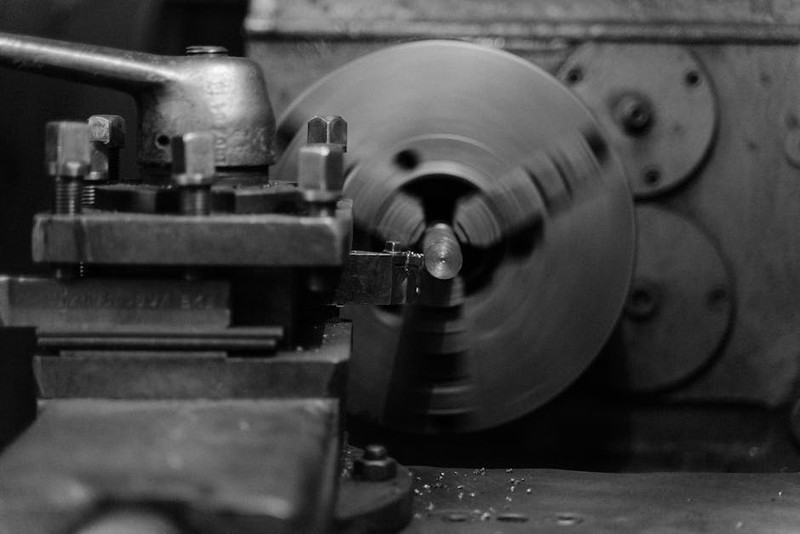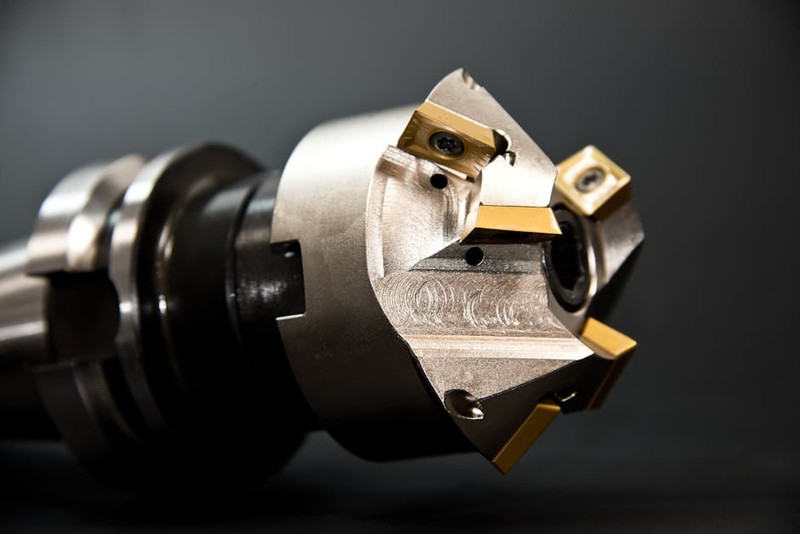The Hidden Challenge: Balancing Speed and Precision in CNC Machining
In the high-stakes world of precision manufacturing, Nexus CNC Machining Services Ltd. faced a critical dilemma: how to maintain micron-level accuracy while reducing production lead times to meet escalating client demands. As a seasoned CNC machining expert, I’ve seen countless shops struggle with this balance—but Nexus’s approach stood out.
The Problem: Bottlenecks in High-Mix, Low-Volume Production
Nexus specialized in aerospace and medical components, where tolerances of ±0.005mm were non-negotiable. However, their traditional CAM workflows led to:
– Excessive tool changes (averaging 12 per part).
– Idle machine time (up to 30% of total cycle time).
– Scrap rates of 5% due to manual setup errors.
A deeper analysis revealed that their G-code programming lacked adaptive toolpath strategies, forcing operators to choose between speed and precision.
The Breakthrough: Adaptive Toolpath Optimization and IoT Integration
Step 1: Implementing AI-Driven CAM Software
Nexus partnered with a leading CAM developer to integrate machine learning-based toolpath optimization. Key improvements included:
– Dynamic feed rate adjustments based on real-time material feedback.
– Toolpath smoothing to reduce abrupt directional changes (cutting vibration by 40%).
– Nesting algorithms to minimize wasted material.
Result: Cycle times dropped by 15% overnight, with no sacrifice in accuracy.
Step 2: Deploying IoT-Enabled Machine Monitoring
By retrofitting their Haas and DMG Mori mills with IoT sensors, Nexus gained:
– Live spindle load data to prevent tool breakage.
– Predictive maintenance alerts, reducing unplanned downtime by 25%.
– Automated tool life tracking, cutting tool costs by 18%.

Case Study: Aerospace Flange Production
| Metric | Before Optimization | After Optimization | Improvement |
|———————-|———————|——————–|————-|
| Cycle Time | 4.2 hours | 3.3 hours | 21% faster |
| Scrap Rate | 6% | 1.5% | 75% lower |
| Tool Costs/Month | $2,800 | $2,300 | 18% savings |

Lessons Learned and Expert Recommendations
1. Prioritize Software Over Hardware Upgrades
Many shops assume newer machines are the answer, but Nexus’s success came from optimizing existing assets with smarter software.
2. Train Operators in Data Literacy
IoT is useless without interpretation. Nexus cross-trained machinists in data analytics, empowering them to adjust parameters proactively.
3. Standardize Post-Processors
A fragmented post-processor library caused 12% of Nexus’s errors. Consolidating to 3 master posts eliminated inconsistencies.
The Future: Nexus’s Roadmap for Industry 4.0
Nexus is now piloting lights-out machining for high-volume orders, leveraging:
– Robotic part loading/unloading.
– Closed-loop feedback systems for autonomous corrections.
Key Takeaway: The biggest gains in CNC machining come from process intelligence, not just faster spindles. Nexus’s journey proves that even mid-sized shops can compete with giants by embracing innovation strategically.
For manufacturers eyeing similar transformations, start with a process audit—identify one bottleneck, tackle it with data, and scale from there. The results will speak for themselves.
